The one who crosses the roads of Vrancea, well after Ramnicu Sarat and ahead of Focsani, between the vineyards from Dragosloveni, discovers the Alexandru Vlahuta Memorial Museum, the writer who taught the peasants in the locality to sprinkle the vineyards, but also helped them to build the school, Agerpres reports.
Erected in the early 1900s and devastated on several occasions, the house stands testimony over the century of the last years of life, many spent here by the author of Romania Pitoreasca / Picturesque Romania.
Alexandru Vlahuta stops on the Vrancea lands in 1905, following his marriage with Ruxandra Galca, the daughter of an owner from Dragosloveni and the sister of the prefect of Ramnicu Sarat at that time, who receives dowry from her parents the house with a porch and 12 ha of vineyards. The house, located in the middle of the vineyard, will become in the following years a place of retreat and rest for the poet, but also a meeting place with friends from the Romanian cultural elite of that time.
"Our great historian, Nicolae Iorga, said that every place on earth has a history and a story. This place too has a story. In 1905, the poet remarried for the third time, here, in Dragosloveni, with Mrs. Ruxandra Galca, who received dowry from her parents the house with porch located in the middle of the vineyard and 12 ha of vineyards, about which the poet always said, jokingly, that there would have been about 1,500 ha. Thus, the house from Dragosloveni became for the poet a place of retreat and rest, from 1905 to 1919. In this house he found a lot of peace. He said 'the peace he so much needed'. But, in the autumn of 1916, the peace of this house was disturbed by the invasion of German troops, and the poet had to take refuge, to retire to his native places, in the area of Barlad. He left this house in a chariot of wandering, in which he loaded all the paintings he had from Grigorescu, because this house sheltered a valuable collection received from his friend and related by alliance, the painter Nicolae Grigorescu," says Valentina Porumb, curator of the Alexandru Vlahuta Memorial Museum for more than 35 years.
The house was devastated by the villagers during the 1907 peasant riot, but Vlahuta has no resentment towards this, and even writes the poem 1907, a true antidynastic manifesto. In the same year, he begins the repair of the house, to which he will add a second body, a porch with balcony, according to the plans of the architect Alexandru Clavel, a friend of the poet. Here Vlahuta established his office and library, creating a favorable place to write, in the middle of Nicolae Grigorescu's paintings, which decorated the walls, as in an exhibition. In fact, here too Vlahuta will write a monograph dedicated to his friend, Nicolae Grigorescu, who appeared in 1910.
Many important people crossed the threshold of the house of Alexandru Vlahuta and Mrs. Ruxandra, who rejoiced "as two children when they were waiting for their guests".
"On the floor of the house there is so-called friends' room, because the estate in Dragosloveni was a meeting place for many writers and contemporary artists of the poet. Ion Luca Caragiale passed through here, for whom the Vlahuta spouses had a real cult, Bratescu Voinesti, Delavrancea, Nicolae Iorga, Octavian Goga, Gala Galaction, Vasile Voiculescu, whom Vlahuta met in 1916, in a hospital in Barlad, and whose mentor he was, and, last but not least, Nicolae Grigorescu. The poet's friends came very often to Dragosloveni, and the poet rejoiced, together with Mrs. Ruxandra, as two children when they were waiting for their guests, here, in their house, which they took from the railway station in Gugesti with the chariot," says Valentina Porumb.
About Caragiale, the one who visited very often the house in Dragosloveni, Vlahuta writes in Memories about Caragiale that he is "one of the few people with whom I'd also like to meet in the other world. That such a companion has relied on me to face the ugly of eternity." Testimony of the foretelling enjoyed by Caragiale in the house of the Vlahuta spouses also stands the story of Victor Eftimiu in Memories about Caragiale, related to "Caragiale's table": "In the house of Vlahuta reigned the cult of Caragiale. The master's smallest desire was fulfilled with that discreet haste with which we fulfill the thoughts of precious beings. The news of his arrival cheered up all the world and the room where the most important of the guests was hosted was shining. Once Caragiale decides to start writing again. He announces Vlahuta, asking him to buy him a small table of fir. (...) Caragiale has arrived from Berlin and prepares for work. But he doesn't get to write the first lines, and the ink bottle overturns, staining the smooth and white plank. Then the master got up quickly and wrote nothing more. He thought it was a bad sign. Next to the stain of ink he wrote, 'All unclean trades leave stains' and signs. Since then, Caragiale's 'table' has remained famous. All the famous people who were later feasted in the house of Vlahuta left something on this table; some writers a few lines, others only their signature, painters a sketch, Stefan Octavian Iosif wrote 'The sun too has spots, and yet it is all sunshine'. Goga left a thought: 'The ink drops on a writer's table are the drops of blood on the field of a fight.' There's a lot of notes on the table. Caragiale's good friend, the poet Vlahuta, keeps her holy under a glass bell. That table will remain as a dear memory of the great departed."
Caragiale's table seems to have been destroyed in 1916 by the German troops, but today in the museum there is a copy of the original, on which were reproduced, as far as possible, Caragiale's ink stain and the signatures of Vlahuta's friends. Also, in the working room there is a copy of Caragiale's letter to Vlahuta, through which he announces his visit and asks the hosts to get him a writing table.
The writer lived in Dragosloveni moments of peace and many of his creations were written here. He liked to retire here, as he wrote on several occasions to his friends, but the coming of the First World War shook his plans. He withdrew from the face of the German troops loading into a chariot, which is kept today at the museum in the original version, the dozens of paintings of Grigorescu and numerous objects of art, managing to save a true history.
"Back in this house in 1918, he found it devastated. Many objects were destroyed, and the poet was very ill and a year later he died and was buried at Bellu cemetery, in Bucharest, despite his desire to be buried in the cemetery in Dragosloveni. After his death, Mrs. Vlahuta remained here, in this house, and founded, in 1926, a place of culture in the memory of her husband, in fact a school for the girls in the area and a meeting place for the writers. And the girls who came here were learning a trade and they were readied for life. For years in this house were held the editions of the literary salon, as a meritorious act of culture in the memory of the poet Alexandru Vlahuta. Since 1958, this house has been opened to the visiting public as a memorial museum," says Valentina Porumb.
Taken over by the communists after the Second World War, the house will be renovated with the support of the authorities of the time and transformed into a Memorial Museum.
"The first to be concerned with this project, since 1957, was the managing director Marin Mihalache from the Galati Region Museum, who transmitted to the Executive Committee of the Galati Regional People's Council, even in the attention of comrade president, the following: 'In Suvorov commune, Dragosloveni village, Focsani district, there is the house where the writer Alexandru Vlahuta lived and created in the last period of his life. From our findings, made on the spot, it appears that this building has not so far enjoyed the care of the local bodies. It is poorly maintained, with the doors, windows and fence largely destroyed, dirty inside. In order to remedy the findings, measures were established to repair the building and the fences based on the 10,000 lei provided in the budget of the Focsani District Cultural Section and the voluntary contribution of the inhabitants of the commune. The execution of the works is done under the direct leadership and guidance of the Communal People's Council, to which the building belongs. As the centenary of the writer's birth approaches, it is necessary for the Regional People's Council, through the cultural section, to provide the necessary funds for the organization of the Alexandru Vlahuta Memorial Museum. (...) The organization of the museum is necessary to be done this year, and the celebration of the centenary of Vlahuta will be organized next year. We think that the District Museum of History in Focsani should deal with the organization of the museum. We ask you to study the above and to communicate to us the measures taken," says Florin Dirdala, researcher at the Vrancea County Archives.
The response of the authorities did not delay, so that on September 28, 1958, a few days after the centenary of the writer's birth, in the house where he spent the last years of his life, the Alexandru Vlahuta Memorial Museum was opened, being allocated money both for the restoration of the house and for the purchase of museum pieces.
Still fenced by vineyards and an orchard of cherries, cherry trees and plum trees, in the shade of some secular oaks, the house welcomes today its guests, chic with an architecture as if not specific to the places, because very few houses in the locality still keep the imprint of the times in which they were built.
Each room of the museum has a specific destination. One of them is the documentation room, where we find photos and images of the writer's family and friends, some of the books he left us, especially the famous work Romania Pitoreasca, which, at that time, was considered a Geographical Atlas in literary form. Also in this room are some personal items, including a letter from Vlahuta with advice to his daughter, Margareta: "Quarrel whenever you feel selfish, each time the serpent of wickedness, envy and lies bites you from the heart. Be harsh with yourself, right with friends and a big soul with the wicked. Make yourself small, make yourself insignificant, whenever futility prompts you to shout 'Look at me!' But most of all I would like to write, downright in your soul this: 'Do not do a deed of whose memory could ever make you blush.' There is no triumph in the world, no fuller contentment, as a pure consciousness."
Another room houses original furniture and objects that belonged to the Vlahuta family, including the small table where all the family members sat down, so that in the adjacent room we could find pieces of ethnography, a loom and some objects made by the girls who learned here between 1926 and 1948. From the writer's bedroom, the place of leisure and self-rediscovery with very old pieces of furniture, one arrives in a room where he gathers his thoughts, a place of prayer, with icons from 1880 and an equally old book of prayers.
The inhabitants of the area are proud that here have passed great personalities of the Romanian literature and not only. Vlahuta was highly appreciated by the people of the village, who saw him as a modest man, with a special fashion ethic, a model for these places. The locals he taught them to sprinkle the vineyards, and tradition says that he helped them to raise the school in the locality, which is still preserved today, and also by his diligence was built the road that connects the village to the Gugesti Railway Station, where Vlahuta was greeting his friends who came by train.
The house today bears the imprint of the times when it was built, of the famous owners who lived here and of those who crossed its threshold. In recent years, the museum has been part of educational projects with schools in the county, but also in Bucharest and in the country. It was included in a cycling tour organized by the Night of Museums, as well as in a virtual 3D tour within the project Museums from the village and waits for visitors, physically or online, to rediscover part of the life of the one who left us, perhaps, the most beautiful statement about Romania: "In such a beautiful country, with such a glorious past, in the midst of such a decent people, how not to be a true religion the love of the motherland and how not to raise your forehead, like the towering ancestors of yesteryear, proud that you can say: 'I am Romanian!'"
Hurry up! The Alexandru Vlahuta Memorial Museum will soon enter into an extensive restoration and consolidation project, which is why it will be closed for a while.
Following in the footsteps of Alexandru Vlahuta at Dragosloveni estate
Explorează subiectul
Articole Similare
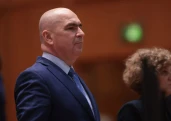
15
PNL, PM Bolojan stress urgency of reforms and efficiency to restore public trust, says Senate president
15

9
Abrudean, on justice issues: Issues must be analyzed calmly, seriously
9

10
Romania, among most stable residential markets; 81% of Romanians - satisfied with their homes (analysis)
10

12
PM Bolojan and automotive industry representatives discuss minimum turnover tax and cogeneration levy
12

3.201
Vladimir Putin, mesaj ferm de la Kremlin: Fără 'armistiții artificiale', doar 'pace adevărată'
3.201

16
Abrudean: I don't think there are any MPs who will vote for motion of no confidence
16

19
Euro trades at RON 5.0914
19

16
Art Safari to move from Dacia-Romania Palace to Amzei Square becoming Art Safari New Museum
16

10
Balance of payments current account recorded increased deficit of EUR 24,636 million in first 10 months
10
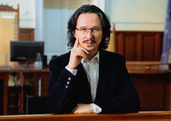
20
Grand Chamber of European Court of Human Rights rules in favour of judge Cristi Danilet
20

12
Romanian Ski Biathlon Federation has 24 athletes eligible for qualification to the 2026 Winter Olympics
12

9
Three-month ROBOR index falls to 6.19% per year
9

12
Bucharest Stock Exchange opens lower
12

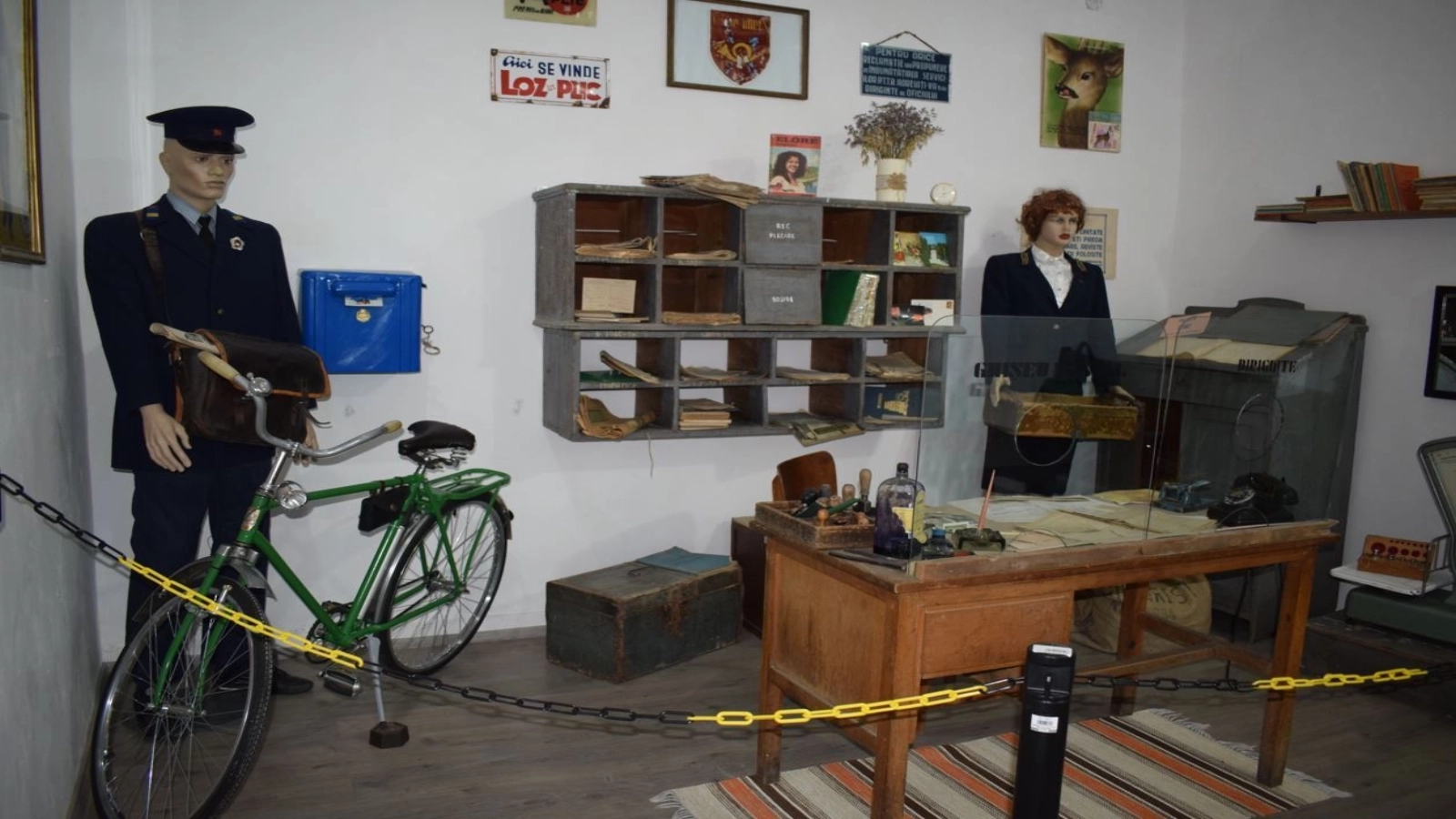





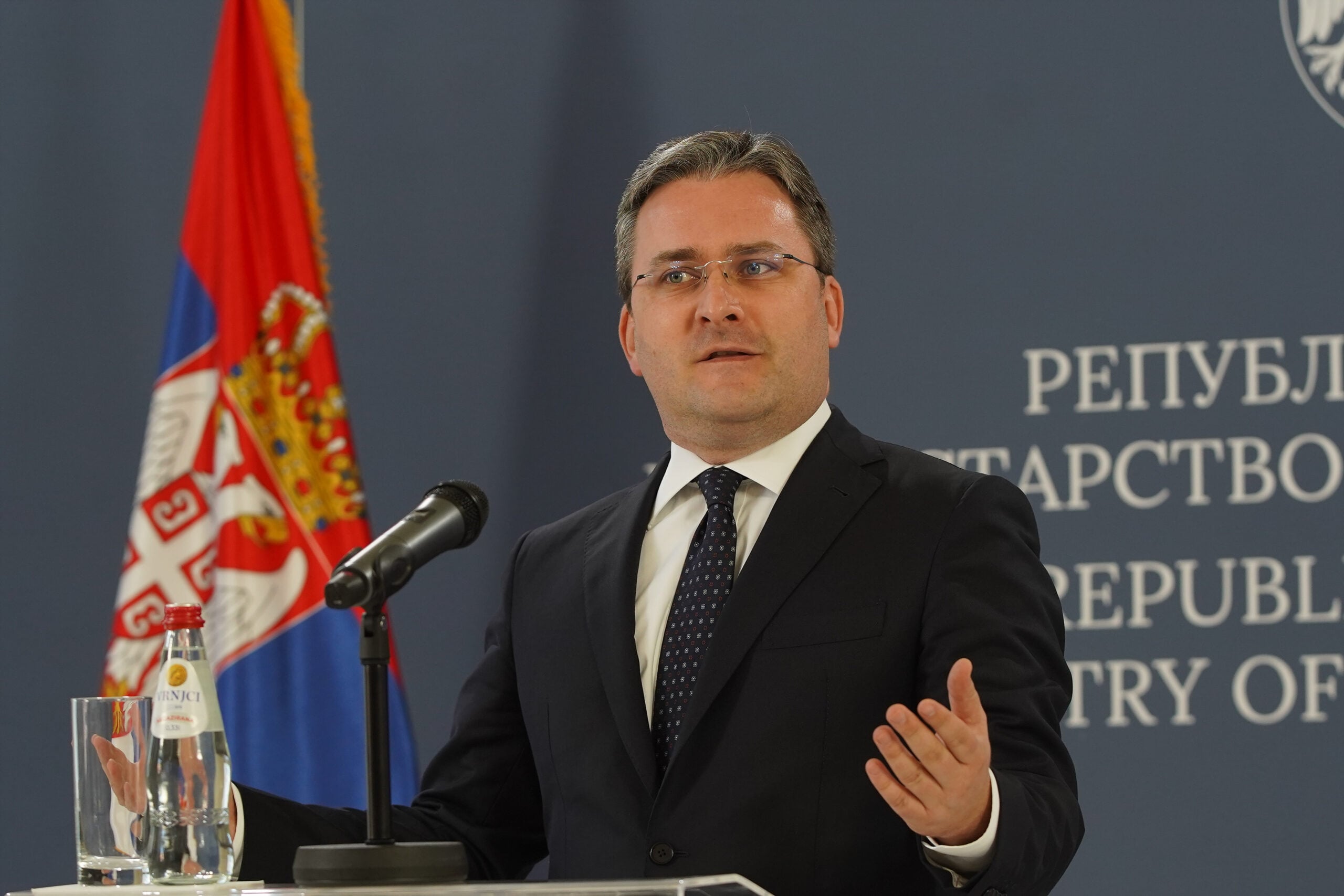
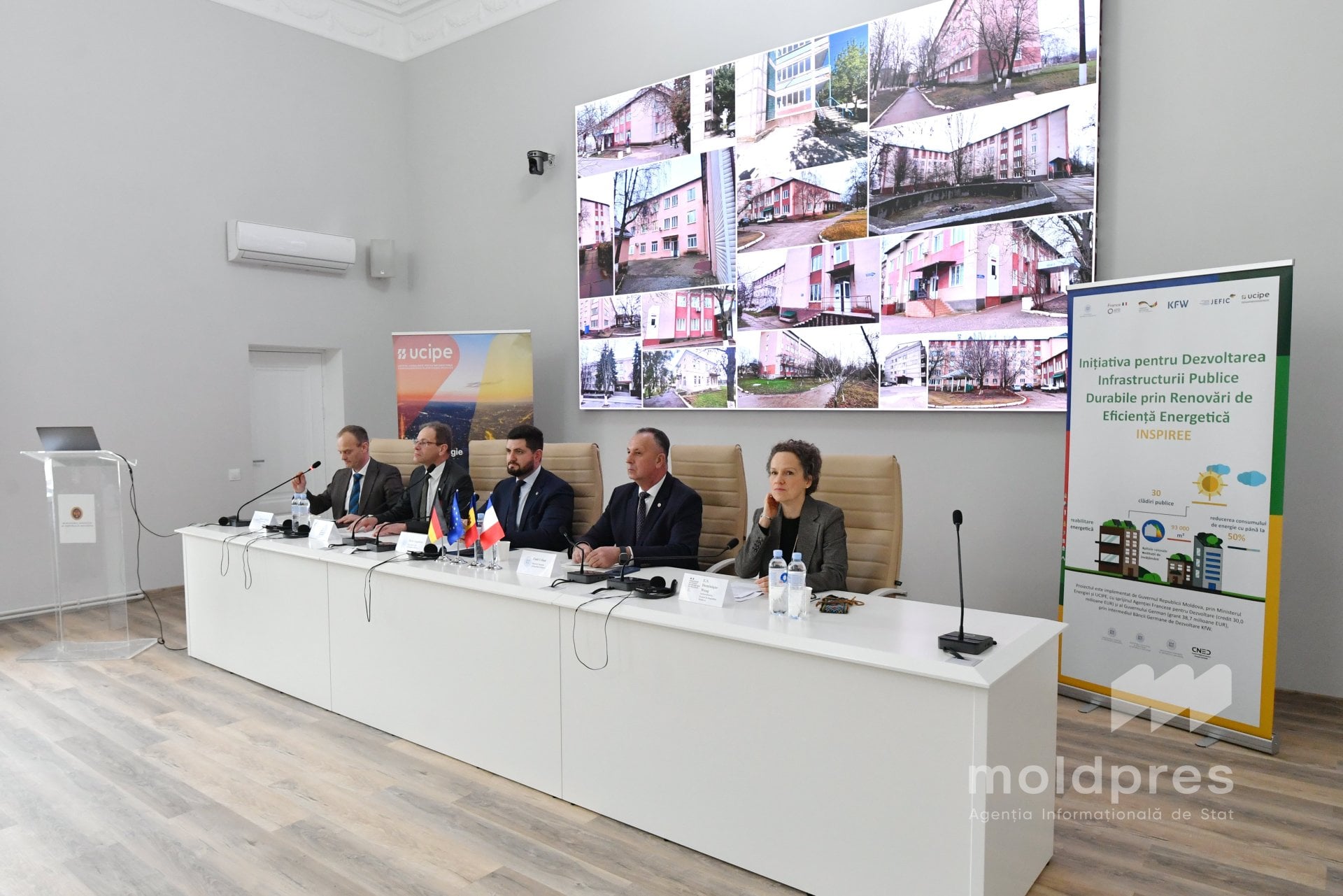


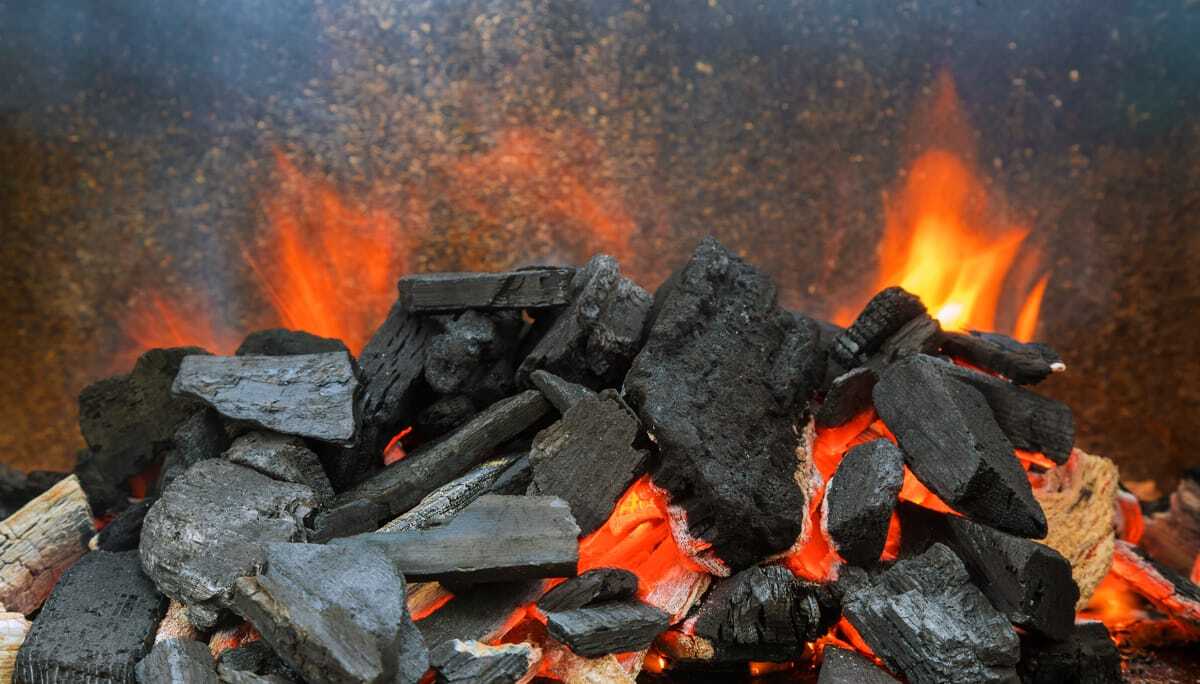
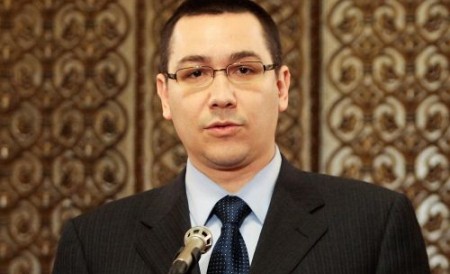








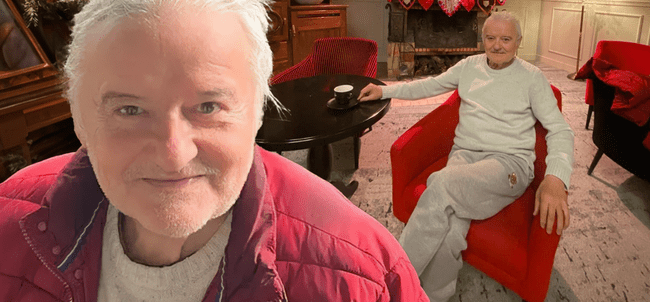

Comentează